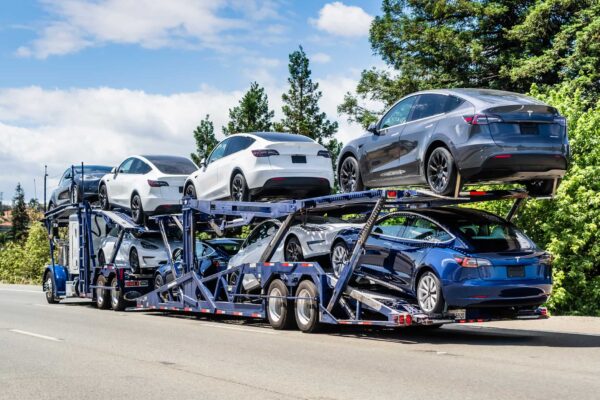When importing automobiles into the U.S., there are various steps and regulations that one can expect. Knowing what to anticipate can save you time, money, and energy. This article will give you a basic understanding of what to expect and the necessary documentation for importing. The regulations for importing may vary by country; however, this is a general guideline. If you want further information or are importing a vehicle into the U.S., contact A1 Worldwide Logistics at 305-821-8995. We will give you a further breakdown of the process and offer a free quote for importing an automobile.
The Importation Process
Before deciding on importing an automobile into the U.S, it is imperative to research the legality of the car. Specific vehicles are not eligible to be imported into the U.S. due to the model or country of origin. There are also various U.S. safety and environmental regulations that a car being imported has to meet. The U.S. Department of Agriculture also requires that a car and its undercarriage are clean before being transported. This is to prevent foreign materials such as insects and soil from entering U.S grounds.
It is also essential to know the age of the car. A vehicle older than 25 years is considered an “antique” and has fewer conditions for importation. Vehicles past 25 years do not require DOT (Department of Transportation) compliance. Similarly, cars past 21 years do not require EPA (Environmental Protection Agency) compliance. When you’re ready to move the vehicle, contact a shipper or a freight forwarder.
Although freight forwarders and shippers are both responsible for the shipment, their methods differ. A freight forwarder moves the car from the start to the final destination instead of just port-to-port. The forwarder does this by acting as a third party that coordinates the shipment with multiple shippers. When the vehicle reaches the destination port, U.S. customs will check if the car complies with federal regulations. Once examined and the duties are paid for, the vehicle will be released and allowed to go to its final destination. Since many documents are involved, it is ideal to hire a licensed customs broker. A customs broker takes the burden of preparing the documentation to release the shipment from customs off the shipper.
Required Documents
This is a general list of the documents required. However, more documentation may be needed relative to the vehicle type. Contact a customs broker for more information.
- Bill of Sale: This is a record of sale which shows the transfer of vehicle ownership from one party to another.
- Bill of Lading: A legal document given to the carrier by the shipper that provides details and records about the cargo transferred.
- EPA Form 3520-1: The Environmental Protection Agency requires the submission of this form to customs to import passenger vehicles, highway motorcycles, and the corresponding engines into the U.S.
- Foreign Registration: The vehicle registration documents from the country of origin.
- DOT Form HS-7: A declaration form that ensures that the automobile confirms safety and bumper standards.
- Proof of Ownership: This may be a bill of sale, certificate of title, or a manufacturer statement of origin.
———————–
***If what you need is to import a bigger or heavier vehicle, such as a tractor or a truck, we can also definitely help you with that. Just call us and get your vehicles imported.***






